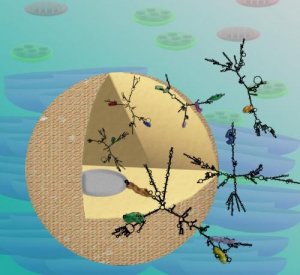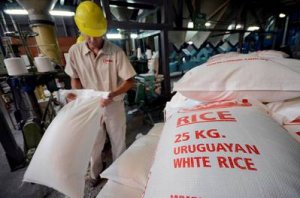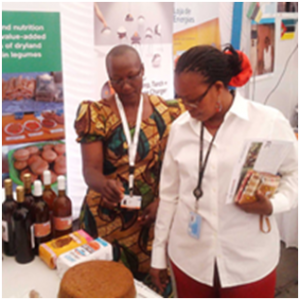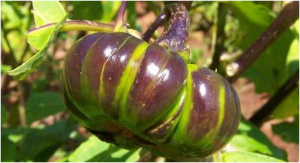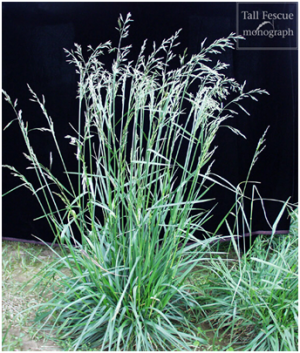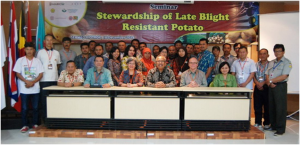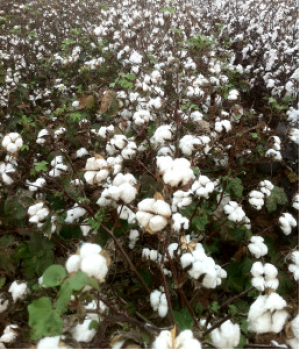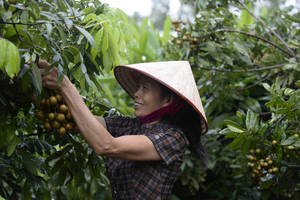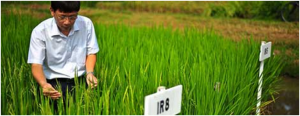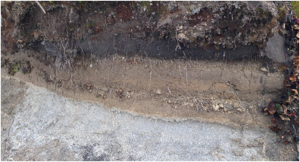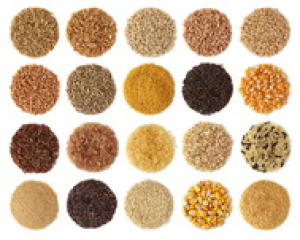|
International Consortium Releases Barley Genome Sequence
Saturday, 2017/05/13 | 06:02:25
|
|
Figure: Barley is one of the world’s most important cereal crops. Photo credit: Close Lab, UC Riverside.
An international team composed of 77 scientists from 11 countries has reported the first high-quality reference genome sequence of barley. The research, 10 years in the making, reports vital information about the major cereal crop using a variety of state-of the-art methods, and published in the journal Nature.
Ten years ago, Nils Stein of the Leibniz Institute of Plant Genetics and Crop Plant Research in Germany led the International Barley Genome Sequencing Consortium, and set out to assemble a complete reference sequence of the barley genome. The barley genome is almost twice the size of the human genome, and 80 percent of it is composed of highly repetitive sequences, which cannot be assigned accurately to specific positions in the genome without considerable extra effort.
Barley has been used for more than 10,000 years as staple food and for fermented beverages, and as animal feed. It is found in breakfast cereals and flour, and malted barley gives beer color, body, a good head, and natural sugars needed for fermentation. The study provides new insights into gene families that are key to the malting process. Regions of the genome sequence that have been vulnerable to genetic bottlenecking during domestication have also been identified, and this knowledge guides breeders to optimize genetic diversity in their crop improvement efforts.
For more details, read the news releases at UCR Today and Natural Resources Institute Finland (Luke). The open-access paper is available at Nature. |
|
|
|
[ Other News ]___________________________________________________
|


 Curently online :
Curently online :
 Total visitors :
Total visitors :
(18).png)
